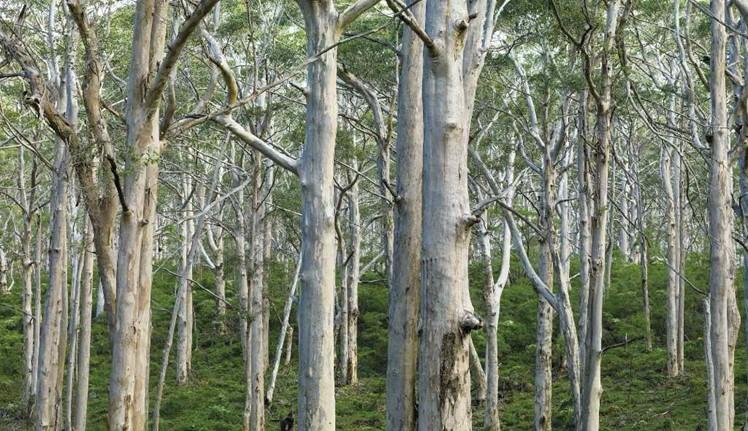
PUBLICATIONS
Published works

Identification of fuel management locations and risk reduction potential
| Title | Identification of fuel management locations and risk reduction potential |
| Publication Type | Report |
| Year of Publication | 2021 |
| Authors | Jeanneau, A, Zecchin, A, van Delden, H, McNaught, T, Maier, H |
| Document Number | 715 |
| Date Published | 12/2021 |
| Institution | Bushfire and Natural Hazards CRC |
| City | Melbourne |
| Report Number | 715 |
| Keywords | Fuel management, locations, potential, risk reduction |
| Abstract | Planned burning is one of the most utilised fuel management activities, but the safe and effective application of this method is likely to be hindered by climate change (e.g. shrinking and shifting windows of opportunity) and potential adverse societal outcomes (e.g. smoke impact, risk of fire escape). For this reason, fire managers need access to detailed information to help them make informed decisions and select a fuel management strategy that is compatible with a range of factors. This project explored the use of experts’ knowledge and the UNHaRMED Decision Support System (DSS) framework (an integrated spatio-temporal model for analysing natural hazard risk within urban and rural environments) to identify areas where fuel management activities should be conducted within the study area and identify future bushfire risk reduction potential at identified hotspots. The discussions with end-users resulted in the selection of five major areas to focus on for this study (i.e. Gingin, Kalamunda, Mundaring and Margaret River). The level of bushfire risk simulated in UNHaRMED for a baseline period indicated a good agreement with the perceived levels of bushfire risk at the rural-urban interface identified by the relevant bushfire management agencies. This observation therefore suggests that UNHaRMED is suitable for identifying areas of emerging risk under different climate change scenarios. This research also highlighted that areas where fuel management activities are currently conducted in Gingin, Kalamunda, Mundaring and Margaret River overlap with areas of high bushfire risk modelled in UNHaRMED (rural-urban interface). This suggests that UNHaRMED is suitable for assessing the impact of fuel load mitigation activities a the rural-urban interface in WA. The next step will be to run UNHaRMED simulations involving a range of future climate and population growth scenarios with and without fuel management activities (M2). This will then enable us to identify how bushfire risk changes for each scenario, where management activities are desirable, and where potential risk reduction will be possible (irrespective of management type) (D2). |
Published Works


